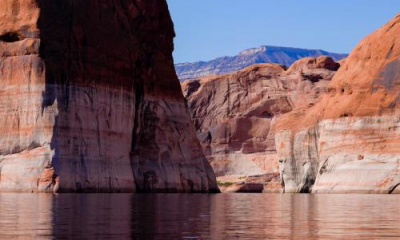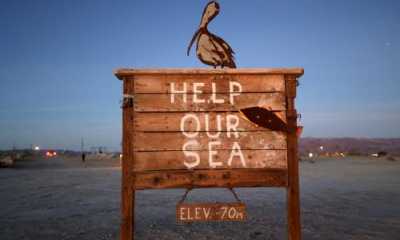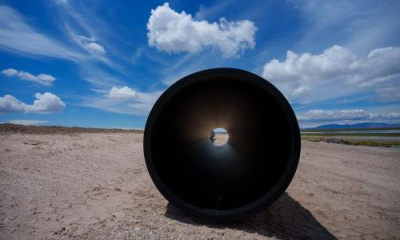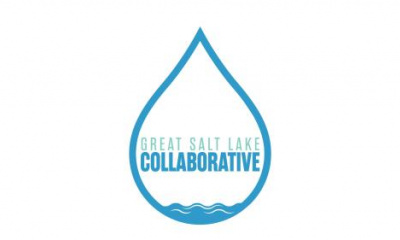PROVO — Utah water officials say a "suite of alternatives" will be needed to get water back to the struggling Great Salt Lake over the next few years.
A pipeline channeling water from the Pacific Ocean into the Great Salt Lake may not be one of them. That's because it could cost more than $300 million every year just to operate, and it would emit more than 1 million metric tons of carbon dioxide annually along the way, according to a new study led by BYU researchers.
"It's easy to think solutions like this might be feasible, but when we actually look at the numbers — the numbers are really what we have to trust," said Rob Sowby, an assistant professor of civil and construction engineering at BYU and the study's lead author. "When it comes down to it, I don't think anyone has really considered what the energy costs and the environmental impacts from emissions would be even after it's built."
It's the latest report to cast doubt on the concept, which has been floated around by some residents and even state leaders in recent years as the lake reached its all-time low, posing many environmental concerns for the region.
Brian Steed, Utah's Great Salt Lake Commissioner, said Wednesday a Pacific Ocean pipeline is not among the many options Utah is weighing because it likely wouldn't have enough support to go anywhere. The state is still exploring the viability of other types of interstate water exchanges, though.
The cost of operating a pipeline
Sowby has plenty of interest in the lake's future, even co-authoring a separate paper on how the lake has turned from an afterthought to an asset in Utah. He's also spent plenty of time researching the relationship between energy use and water supply.
So when he heard lawmakers at least consider a pipeline last year, an idea that stuck out from the rest, he decided to use his knowledge and insights to calculate what it would take to build and maintain such a project —based on the estimate other experts have tossed around that the lake needs about an additional 1 million acre-feet per year. They also created the shortest pathway between the Pacific Ocean to the lake, mapping out a 550-mile pipeline from Utah to San Francisco.
They didn't just calculate the cost just to build this hypothetical pipeline, but estimate that alone would cost billions of dollars.
They calculated how much energy would have to be used to make it work, especially because of the elevation changes within the shortest route. Sowby points out the water would have to move, vertically, by at least 4,200 feet and engineers would also have to account for friction.
"That adds up to a lot of energy as an ongoing demand and cost — and environmental impact," he said.
Researchers ran the numbers and determined it would require at least 400 megawatts of electricity to pump water from the ocean to the lake each year. Using 2021 Western energy prices, that translates to over $300 million in annual operational costs, on top of the cost to build the whole thing.
Looking at the power plants closest to this shortest route, they add it would end up emitting over 1 million metric tons of carbon dioxide annually, which is about the same as 200,000 passenger vehicles.
The team's findings were published in Environmental Research Communications this month.
Can water still come from out of state?
Steed, also the director of Utah State University's Janet Quinney Lawson Institute for Land, Water and Air, helped author a report the Great Salt Lake Strike Team released earlier this year, which found a pipeline to be one of the least feasible lake solutions.
The report notes a pipeline would bring the most water of all of the options and would require some of the smallest cultural shifts or agricultural changes; but researchers estimated it could cost over $100 billion just to design and construct. The project ranked low in terms of speed to implement the pipeline, and legal/regulatory feasibility.
The new BYU study tacks onto these costs, further illustrating why a pipeline is not in the state's immediate plans.
Steed said Utah is looking for solutions to meet four key points. Solutions have to be possible, ecologically and economically viable and there has to be a political will for it. If one of those conditions isn't met, the idea may struggle to move forward.
As Utah is exploring interstate water exchanges, it's unclear what those would look like, or if it would include a pipeline, he said. Any interstate agreement likely wouldn't help the Great Salt Lake right now, either. It's something that would most likely be implemented in the next six to 20 years, if ever.
"We have to focus on the shorter term, on conservation and living within the water budget that we currently have," he said.







